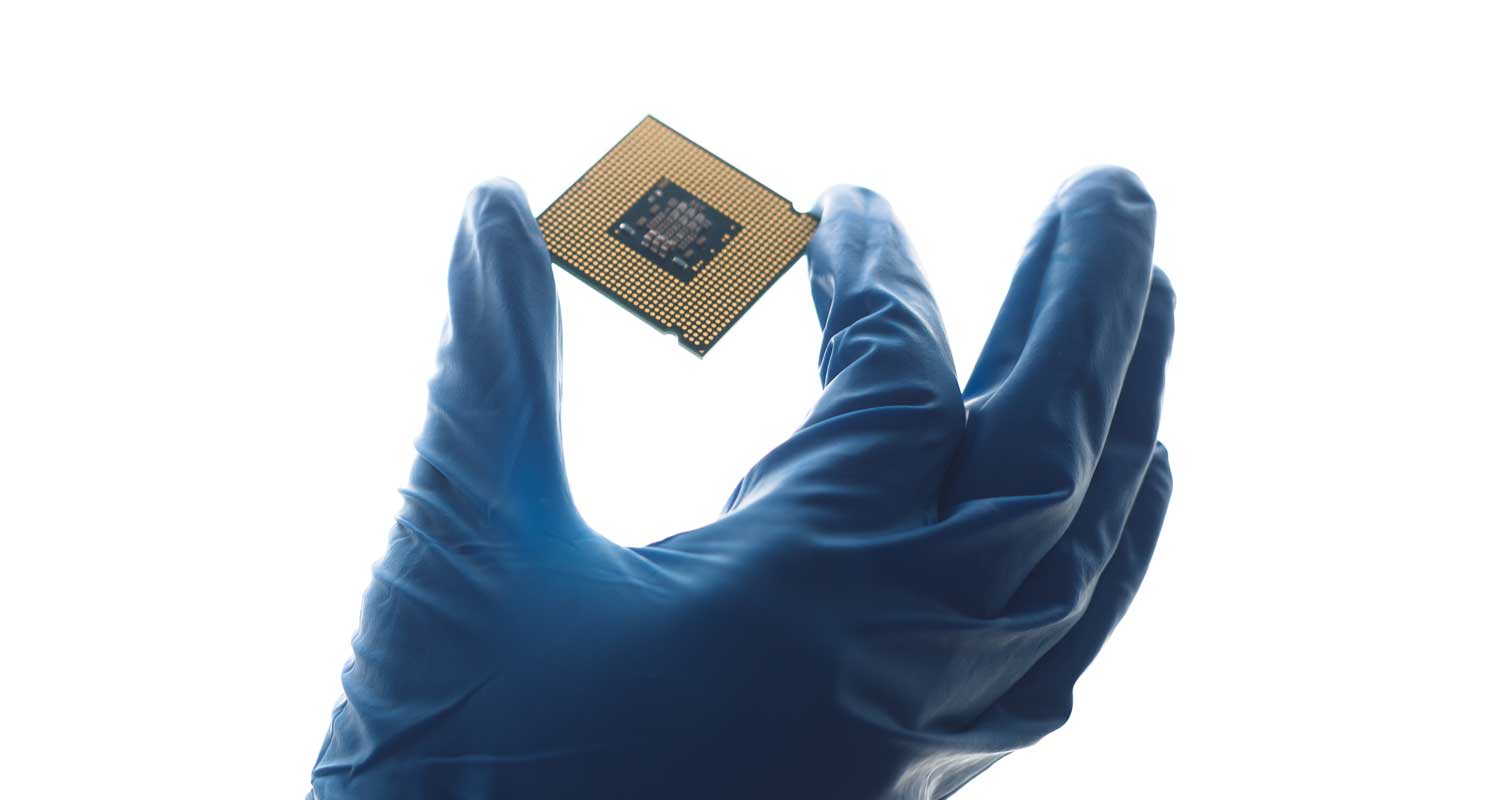Huawei Technologies has successfully developed electronic design automation (EDA) software tools that can design chips as advanced as 14 nanometres, working in-house with domestic partners. The Chinese company plans to verify the products this year. Fourteen nanometres is about four generations behind the latest commercially available products, but is already the second-best technology in China. Huawei aims to become a global leader in chip design, and the company has been making strides in the semiconductor market. The move is part of Huawei’s efforts to replace US components and software with its self-sufficient supply chain, particularly on the semiconductor front. Chinese chip software developer Empyrean Technology has also built solid commercial ties with major local chip designers and makers, which resulted in a 7% increase in its shares in Shanghai.

Huawei Develops Software Tools for Chip Designing up to 14nm
Huawei Technologies has successfully developed software tools that can design chips as advanced as 14 nanometres with the help of its domestic partners. The Chinese company plans to verify the products, known as electronic design automation (EDA) software, this year, according to rotating chairman Eric Xu. The in-house teams of the telecommunications leader have worked with its domestic partners to build tools needed for creating chips that are considered generations behind cutting-edge chips.
The move is part of Huawei’s efforts to replace US components and software with its self-sufficient supply chain, particularly on the semiconductor front. Chinese chip software developer Empyrean Technology has also built solid commercial ties with major local chip designers and makers, which resulted in a 7% increase in its shares in Shanghai.
Huawei has built 78 tools in the past three years to replace foreign products, including the US, which blacklisted the company in 2019, affecting its access to critical foreign technologies. As a result, Huawei has looked to hire scores of seasoned engineers to develop breakthroughs in core technologies. The company can buy mature semiconductors from companies like Qualcomm, but it cannot place orders with contract chip manufacturers like Taiwan’s TSMC directly due to existing US regulations.
Chinese President Xi Jinping has frequently emphasized the importance of building a self-sufficient supply chain, particularly in the semiconductor front, as the US has continued to tighten China’s access to critical foreign technologies. Fourteen nanometres is about four generations behind the latest commercially available products, but is already the second-best technology in China, as Semiconductor Manufacturing International (SMIC) is capable of making 7nm chips.
Huawei aims to become a global leader in chip design, and the company has been making strides in the semiconductor market. With the development of its EDA software, Huawei is inching closer to its goal of creating indigenous tools for designing chips as advanced as 14nm.
Don’t miss interesting posts on Famousbio










